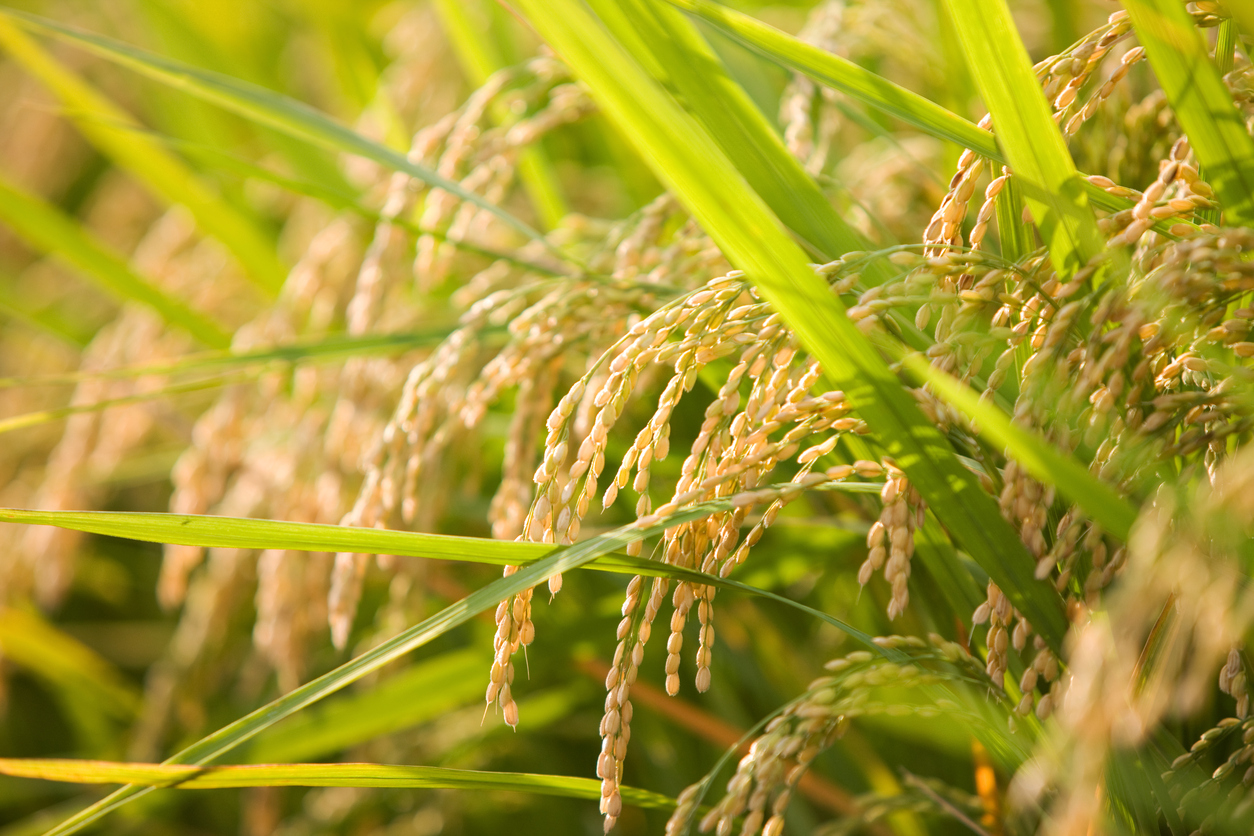
Engineering Broad-Spectrum Bacterial Blight Resistance in Rice Using CRISPR-Cas9
September 25, 2019| |
Bacterial blight is one of the most destructive diseases of rice worldwide. It is caused by Xanthomonas oryzae pv. oryzae (Xoo), which recruits transcription activator-like effectors (TALEs) to promote the expression of OsSWEET genes which are vital in sugar transport and disease susceptibility. To develop broad-spectrum bacterial blight resistance, scientists from Shanghai Jiao Tong University in China used CRISPR-Cas9 to break the TALE-binding elements of the susceptibility genes, OsSWEET11 and OSSWEET14 in rice.
The resulting rice line MS14K showed broad-spectrum resistance to most Xoo strains, which may imply that the compatible strains may have new TALEs. They found two types of PthXo2-like TALEs that function as major virulence factors in the compatible Xoo strains. Xoo encodes 5 types of PthXo2-like effectors. Since PthXo2/PthXo2.1 target OsSWEET13 for transcriptional activation, the genomes of 3,000 rice varieties were analyzed for variations of TALE-binding elements (EBE). The two PthXo2-like TALEs were found to bind slightly different EBE sequences and activated their expression. Then CRISPR-Cas9 was used to produce insertions and deletions in the EBE of OsSWEET13 promoter in the mutant MS14K. This led to the development of new germplasm with tree edited OsSWEET EBEs and broad-spectrum resistance against Xoo.
The research shows how to develop broad-spectrum resistance through the loss of effector-triggered susceptibility in plants.
Read the research article in Molecular Plant.
| |
You might also like:
- Green Super Rice for A Greener Revolution
- GM Approval Database - Rice Events
- Pocket K No. 37: Biotech Rice
Biotech Updates is a weekly newsletter of ISAAA, a not-for-profit organization. It is distributed for free to over 22,000 subscribers worldwide to inform them about the key developments in biosciences, especially in biotechnology. Your support will help us in our mission to feed the world with knowledge. You can help by donating as little as $10.
-
See more articles:
-
News from Around the World
- Nigeria Stresses Importance of Biotechnology for Food Security
- Study Opens Door to Flood Resistant Crops
- Scientists Discover Way to Make Crops Grow in Salty Soils
- Adoption of GE Corn, Cotton, and Soybeans in the U.S. Close to Saturation, USDA-ERS Reports
- Biologists Identify Six Genes in Maize Responsible for Production of Plant Antibiotics
- Safety Assessment of GM Crops Completed in Korea
- Bt Brinjal Technology Boosts Yield, Reduces Pesticides in Bangladesh, IFPRI Reports
- Most Complete Potato Genome Sequence Published
-
Research Highlights
- Analysis of Expression Profiles of Nuclear Factor-Y Genes in Cassava
- Hydrophobic Forces, Not H-Bonds, Bind DNA Together
-
Plant
- Engineering Broad-Spectrum Bacterial Blight Resistance in Rice Using CRISPR-Cas9
- Scientists Use CRISPR to Develop Apples Resistant to Fire Blight
-
Read the latest: - Biotech Updates (October 29, 2025)
- Gene Editing Supplement (October 29, 2025)
- Gene Drive Supplement (February 22, 2023)
-
Subscribe to BU: - Share
- Tweet

